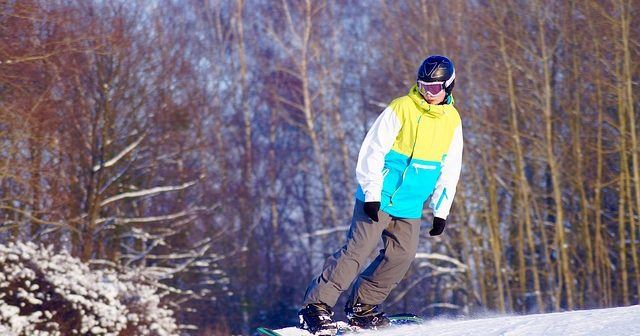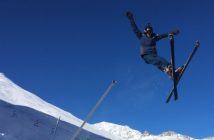There is no better feeling than shredding down a slope on a snowboard with fresh, sharp edges.
The cold air blowing past you, the intuitive, fluid movements of your board, and the pure rush you get when speeding down the mountain creates a unique thrill that is hard to replicate anywhere else.
Over time, you might find that your snowboard is not as responsive as it used to be. This means it’s time for a good old session of snowboard sharpening and waxing.
Let’s take a look at why you need to consistently sharpen your snowboard’s edges and how to tune a snowboard below.
Contents
Why Do You Need to Sharpen Your Edges?
Keeping your snowboard’s edges sharp is very important to the performance of the board, as well as your safety. This is because your snowboard’s edges help you carve smooth turns, pick up speed, brake, and other essential snowboarding maneuvers.
Unfortunately, all that hard work can wear these edges down or nick them each time you take your board out for a ride.
You will know if your snowboard edges need to be sharpened if you run your fingers along these edges and find them dull, rounded, burred, or if they have any tangible scratches on them.
Riding a board with dull or nicked edges can make it far harder to control, which may spell disaster for those who like to glide on more dangerous slopes. You may also find you are exerting more effort than normal to turn or perform other activities.
It is always a good idea to keep your snowboard’s edges sharp, so you do not run into any serious problems down the line.
How to Sharpen Snowboard Edges at Home
Most people will simply take their dulled or nicked snowboards to a snowboard repair shop, but knowing how to sharpen a snowboard yourself can also save you those tedious trips (as well as quite a bit of money).
Snowboard sharpening is not difficult once you get the hang of it, but it is a time-consuming task. Be sure to set aside a free day to ensure you sharpen those edges just right!
Supplies and Tools You Need
You can choose to purchase a special snowboard sharpening kit, but those are quite pricy. They also contain tools that some snowboarders say have done their boards more harm than good.
All you really need is a good snowboard edge tuner with a built-in guide, a screwdriver, a nylon brush, wax, an iron, and a plastic scraper.
Make sure you lay your board on a robust surface that is about 1/2 to 3/4 the length of your board while you work.
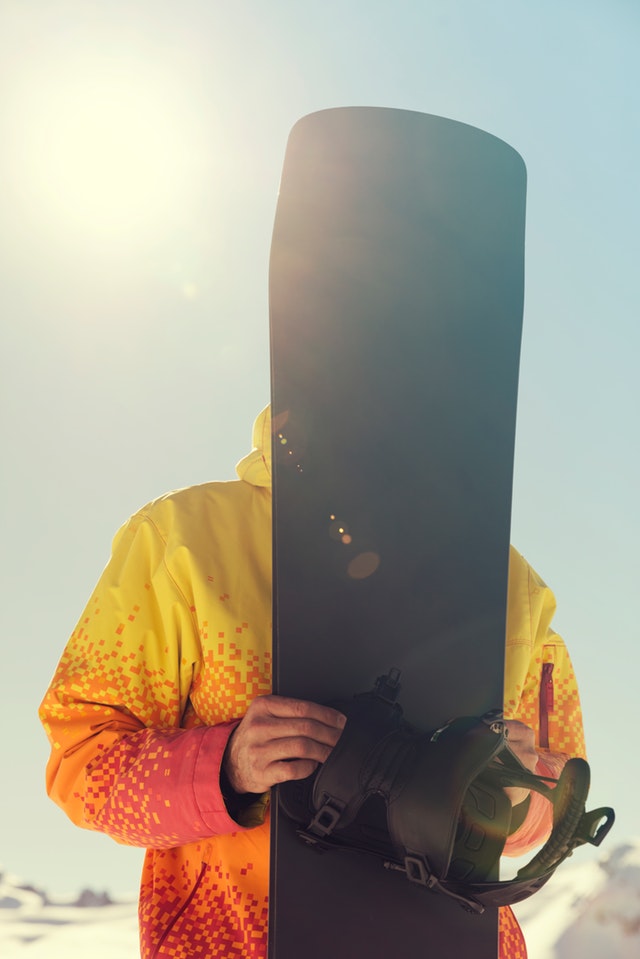
It is also a good idea to sharpen and wax your board in your garage or backyard, due to the mess the shaved edges and wax will make.
You should always take care of your snowboard’s edges before you wax the base of the board. This ensures the metal filings do not embed themselves into the base and permanently damage it.
Snowboard Sharpening Steps
Know Where to Sharpen
If you have a regular camber board, you only need to sharpen the areas where your board touches the ground. This is to avoid any rough edge cuts when you shred down the mountain.
If you are worried about your board getting any nicks or rough spots while out riding, you can always put a sharpening stone in your pocket to buff them out.
Sharpening stones can also dull your board’s edges for a certain type of snowboarding. A coarse grit diamond stone is the best option for performing simple edge repairs.
This stone softens the damage up, allowing you to file the rest of it. After this, you can then progress to a fine stone, which polishes it up and tightens the edges.
If you just want a quick tune-up while out riding, then just use the diamond stone. This knocks down any curled burrs you may have accidentally created while side-tuning the base with another stone product, like an Arkansas stone or a ceramic stone.
Overall, be sure that you pass your stone down the base edge, very lightly along its bevel and not on the bevel itself.
Keep in mind that you should never sharpen the ends of your board. It will make your snowboard nearly unusable. In fact, the ends are usually de-tuned on purpose to prevent any unwanted twitchiness while riding.
Remove Your Bindings
The first thing you should do is take your bindings off, or, at the very least, loosen the screws that attach your bindings to your board.
This is because these screws can suck unwanted debris into your board’s base and make it lumpy. Snowboards are easier to wax when they are nice and flat, so be careful.
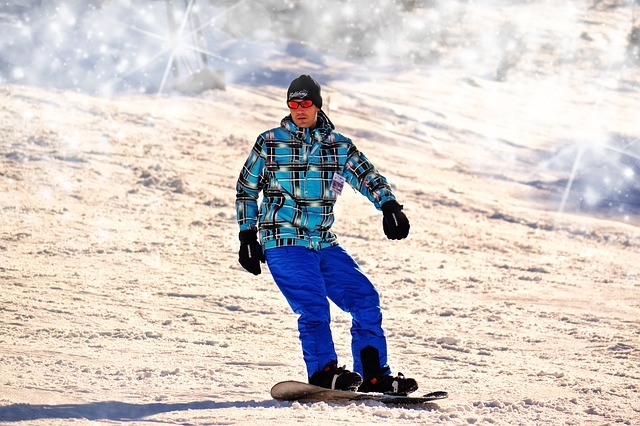
Adjust Your Edge Sharpener to the Correct Angle
After this, you will need to adjust your snowboard edge tuner to the appropriate angle. The standard angle for boards belonging to beginner and intermediate riders is 90 degrees.
However, 89, 88, and 87 degrees best suit more advanced riders, with each respective degree being a marker of skill progression. In other words, an 87-degree angle cut is for expert snowboarders.
Basically, the more acute the angle, the more bite the board has, which is great for hard-pack snow or in competitive snowboard races.
File Your Board
Ideally, you should file your edges in one direction, rather than in a back and forth sawing motion.
This is to prevent your board from being nicked any further and also because most edge tuners sharpen in only one direction. Your sharpener should have some indicator on it that tells you the direction it should face.
Before you start filing, you should run a marker down the edges of the board. This is to help you keep track of where exactly to file and how much of an edge you have left to sharpen.
- Start with your board’s base edge You should ensure that your sharpener is pointing from nose to tail of the board. It should also be flat on the base, with the guide pressed flush against the side edge.
- Apply light pressure to the file on your board’s base edge. Then, slowly drag it along the length of the edge. Your strokes should overlap with one another going in the same direction. They should also begin and end at the wide points, which are located just before the board curves up, toward the nose and tail. Keep filing it until the line that you drew with your marker earlier is gone. After this, you can start on the next base edge.
- Once you have sharpened both base edges, switch your tuner around so that it is in the side-edge position. Depending on the kind of sharpener you have, you may be able to set the exact angle that intersects on its corner. Draw another thick line along this edge with your marker. You should still begin at the wider point near the nose, working your way to the other wide point at the tail. Keep your file flush against the board and always follow the marks you have drawn along the edges.
- If you notice any sticking points, such as a burr or nick along any of the edges, be sure you go over these areas a few times with a good sharpening stone. You’re finished when you can run the file smoothly all the way down, using only very light pressure.
Base edge tune-ups should be kept at the bare minimum and you should be careful to exercise the lightest pressure you can manage while sharpening them.
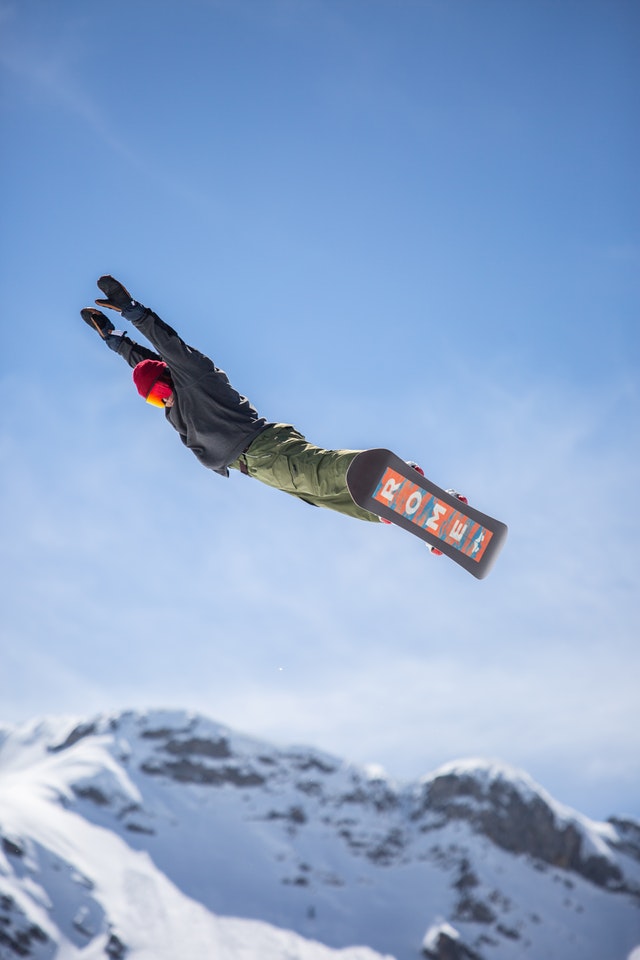
Side edge tune-ups, on the other hand, should be kept up regularly, especially if you like to go snowboarding quite often.
Usually, files should only be used to set new or more acute bevel angles. Just do not get too overzealous when filing those edges! You cannot go back to a wider angle if you get too aggressive in your filing, and will instead have to commit to a board with more bite than you may want or anticipate.
Of course, if you really want to get your board back to the previous angle, then you may need to get an aggressive base grind, a sidewall cut, or even both.
Although you should never sharpen the nose or tail of your board, it won’t hurt to finish the nose and the tail off with a fine gummi stone. It should be applied at a 45-degree angle with a few medium-pressure strokes.
Check the Sharpness
To check if your board’s edges are sharp enough, gently rub a fingernail along it. If your nail peels, or bits of it start to scrape off without much effort, then your edges are as sharp as they need to be!
Be sure you check every edge you’ve sharpened as you go along; this ensures you are satisfied with its sharpness before filing too heavily.
Use a gummi stone to knock down any burrs you might have accidentally made from tuning it earlier. Again, apply only very light pressure as you rub the stone down the length of the board.
If you have an edge rubber, use it to scrub along each edge you sharpened. The rubber will shine up your edges nicely, remove any unsightly rust, even out any leftover imperfections, and may even improve the performance of your board as well.
Wax Your Base
Again, before you wax your base, make sure it is completely clean and free of any nicks or debris. If you’re still worried about anything you may have missed while tuning, simply scrub over the base with your nylon brush.
Give each area four or five hard strokes to remove any excess wax or dirt. This will create some dust on the board, so be sure you give your base a quick wipe with a scotch pad after you’re done.
Most wax packages have a recommended temperature you should melt it at, which is especially helpful if you have a special iron with a temperature gauge built into it.
If you only have a regular clothing iron, however, simply set it on a low temperature. You want to melt the wax until it begins to drip slowly.
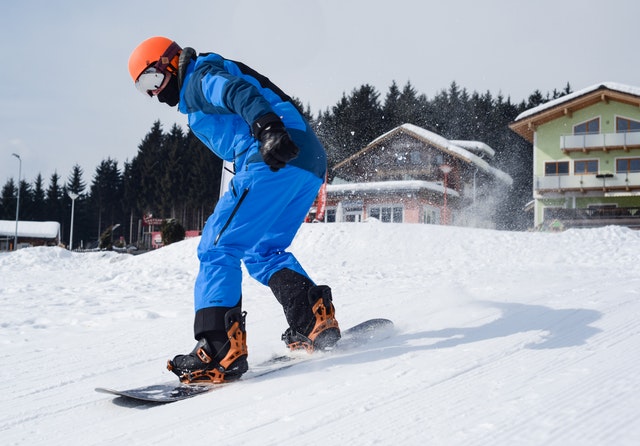
- Take your wax and press it to the iron while moving it around your board. Drip a line of wax around the edge of the board. This is where it needs to be waxed most.
- After that, drip the wax in an “S” shape to fill the center of your board. Pass it once more along the middle of the board to fill in any large gaps.
- Cover each area in small, localized circles before moving onto the next area. Keep in mind that you should not focus on one area for too long; the excess heat may melt or damage your snowboard permanently. You will know that you are spreading too much wax in one area when it stays wet for more than a couple of seconds after you leave it. Try to keep moving as much as possible.
Overall, maintain a quick pace in the waxing session and don’t over-do it! It will be tedious to scrape away extra wax in another tune-up later.
How Often Should I Sharpen My Snowboard Edges?
This depends on how often you go snowboarding. Most people can tune their snowboard just once a year after the winter season, but if you tend to ride often throughout the year, then you may need a good snowboard edge sharpening at least once a week.
Overall, you can gauge this by how the board feels. When it’s stiff and requires greater effort to turn, it may be time for a maintenance session.
Conclusion
Riding a freshly-tuned snowboard is a refreshing change after the struggle of riding a duller one.
Not only does a sharp-edged board respond better to your actions, but it may also improve your riding performance and keep you safer.
Now that you know how to sharpen snowboard edges, you will certainly have a better ride!
How do you tackle snowboard edge sharpening?

